The Future of EDI: Innovations and Trends to Track
Astera
AUGUST 3, 2023
In recent years, EDI’s evolution has been propelled by the advent of advanced technologies like artificial intelligence, cloud computing, and blockchain, as well as changing business requirements, including real-time data access, enhanced security, and improved operational efficiency. billion in 2023 to $4.52

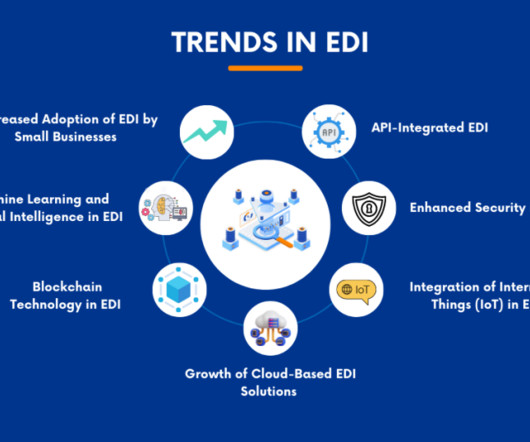
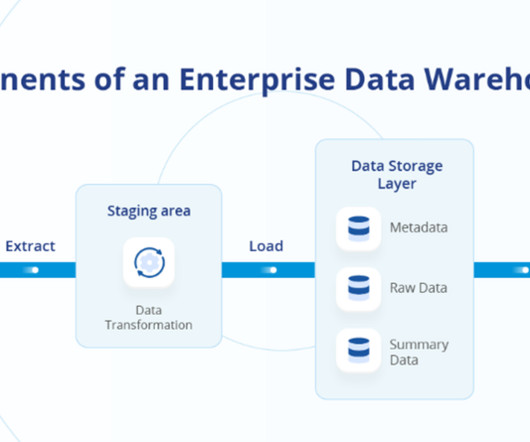
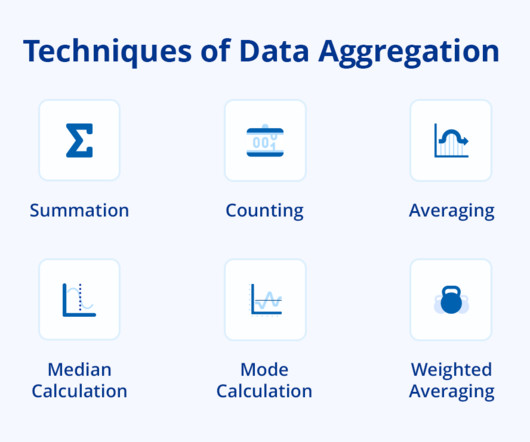
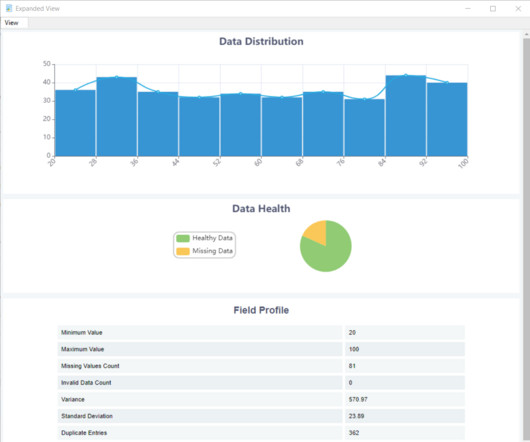
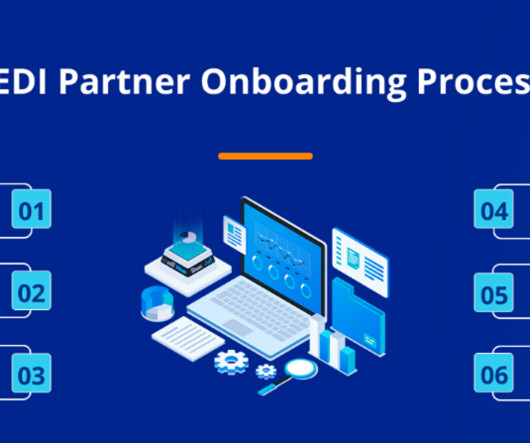

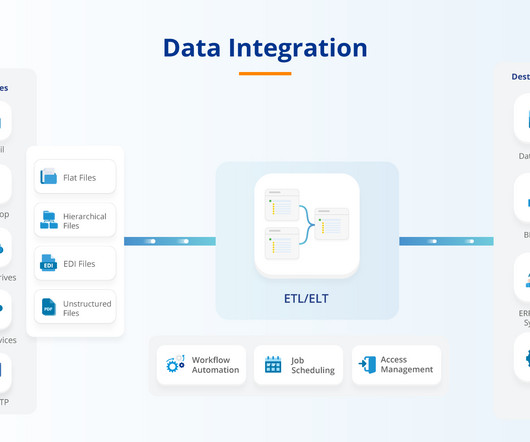
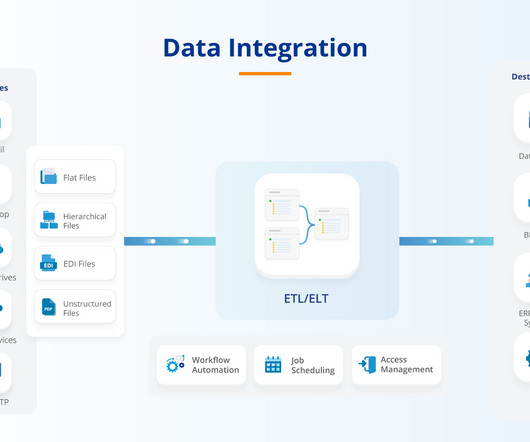






Let's personalize your content